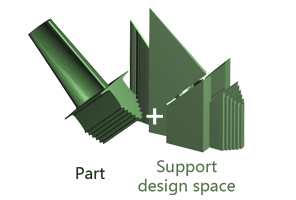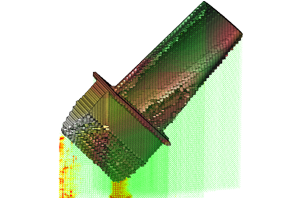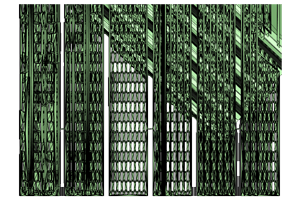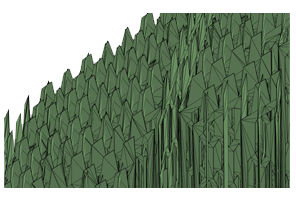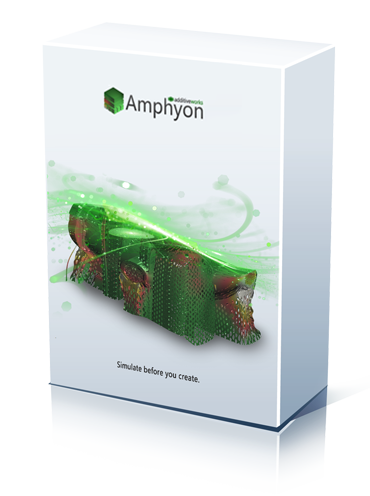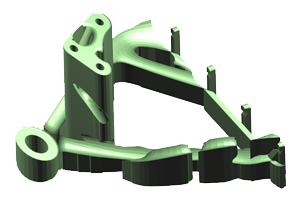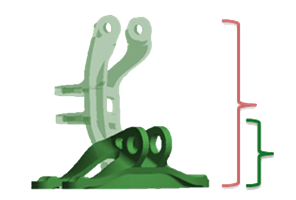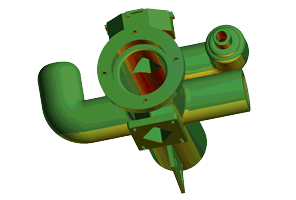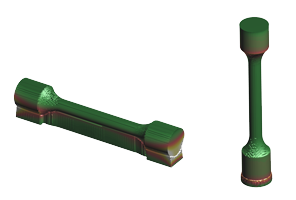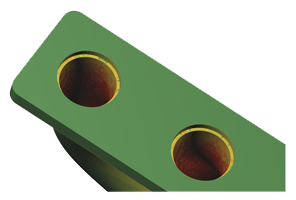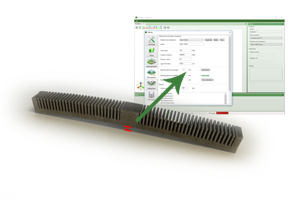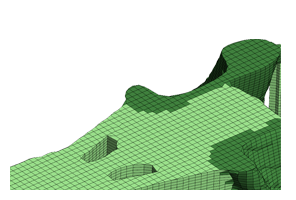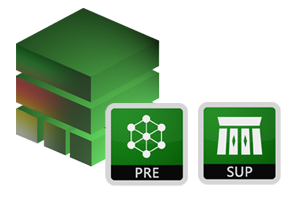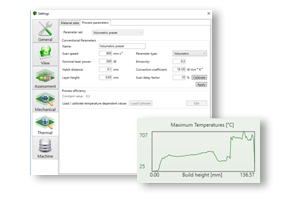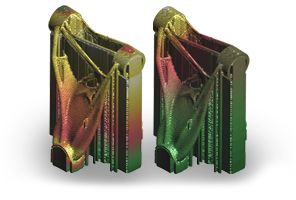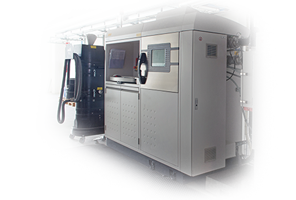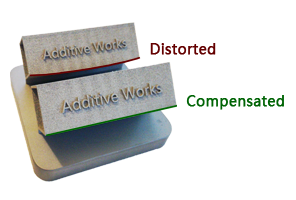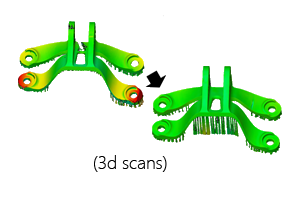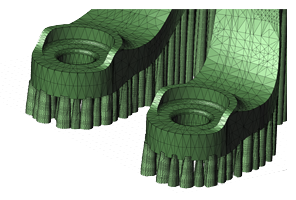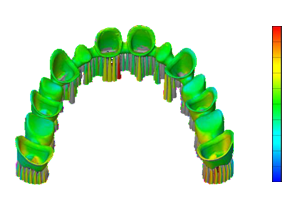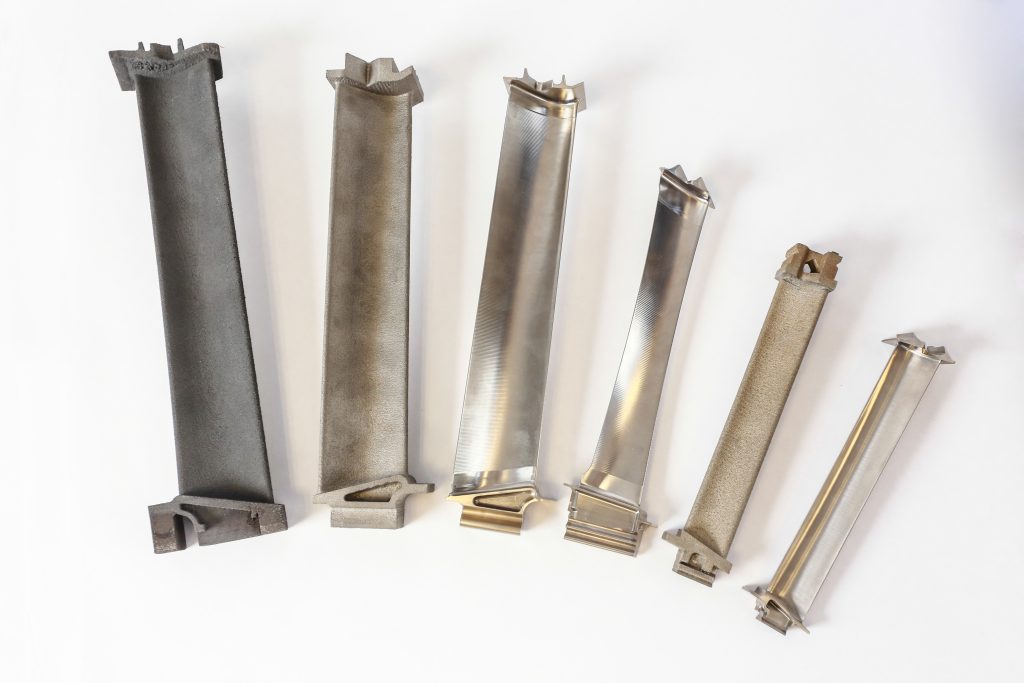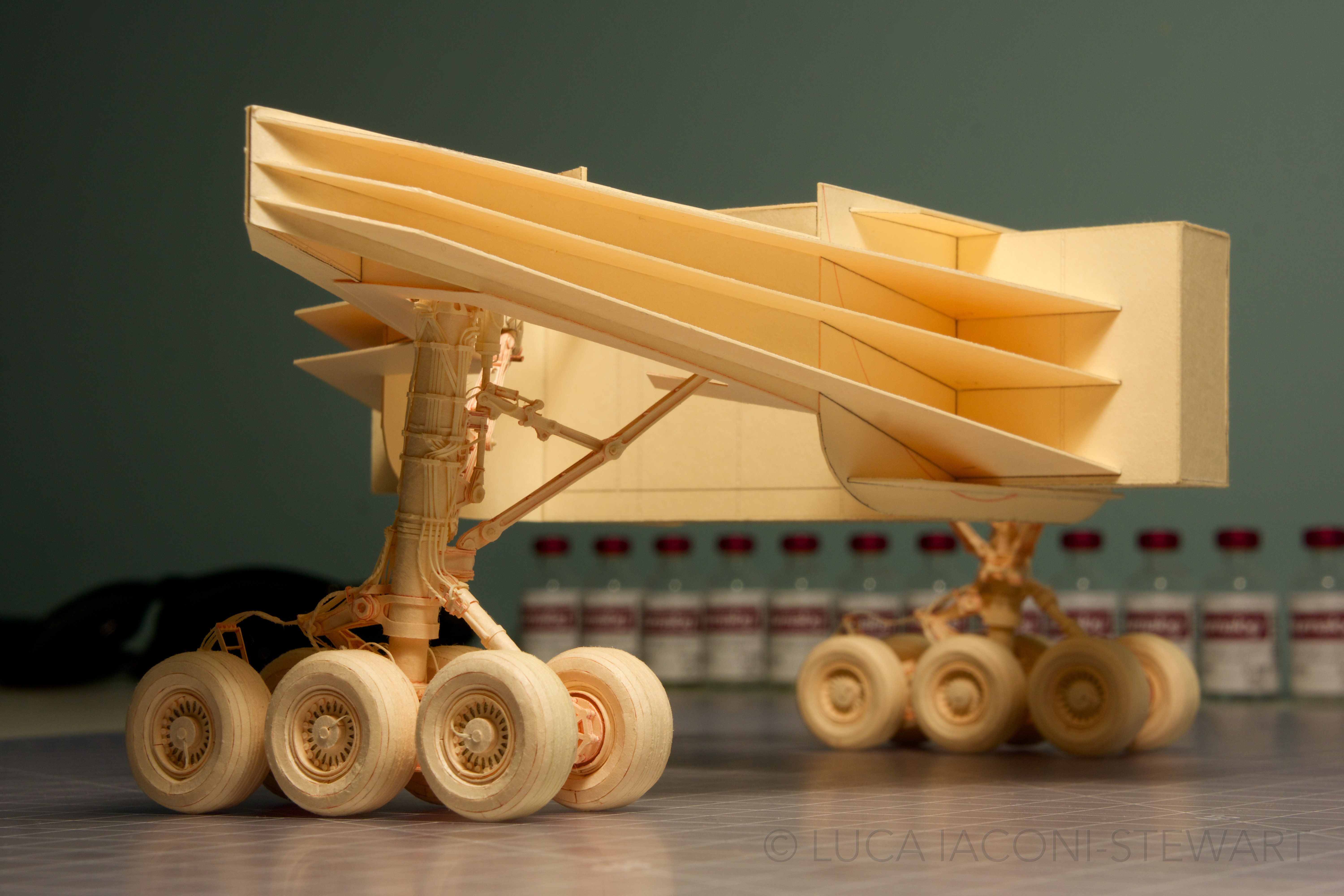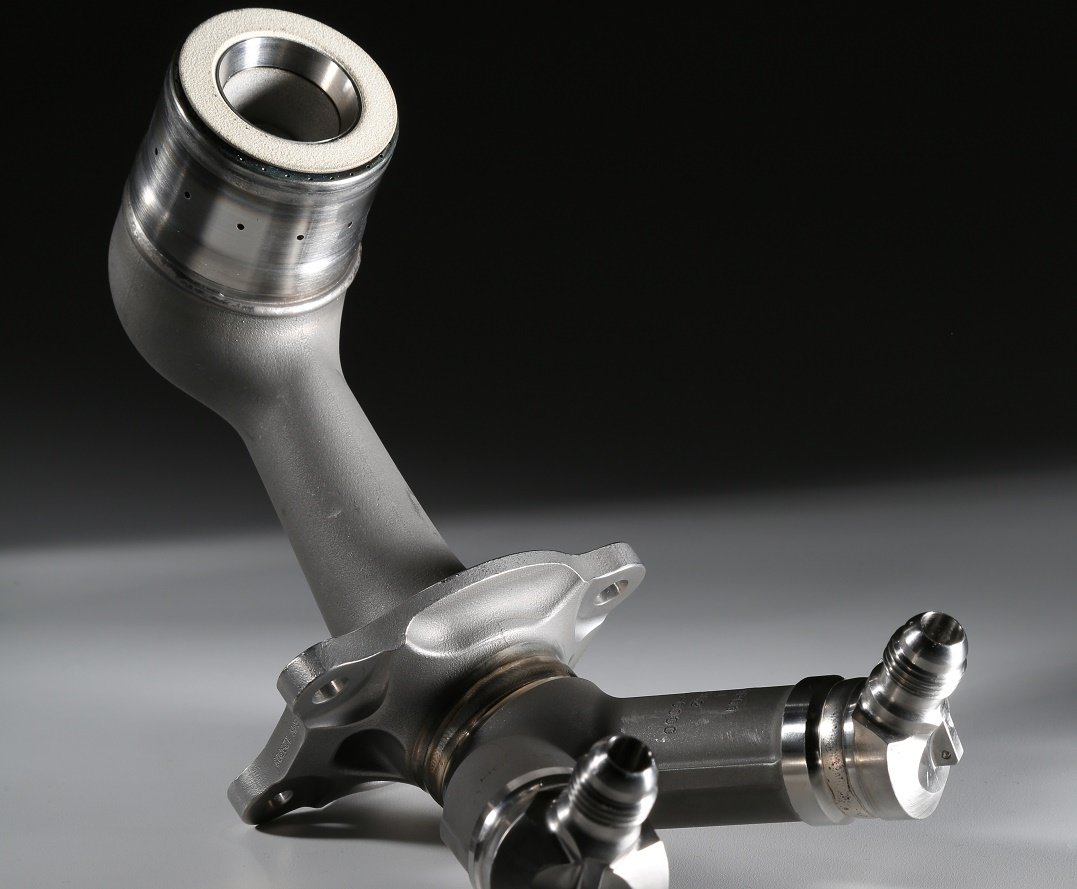Support
Generation of optimized support structures that adjust support perforation and interfaces between part and support structure according to the loads that occur during the build-up process (MPS-Module required).
Design-space Definition
Easy 3D definition of the design-space
Can be generated by e.g. overhanging angle criterium
Allows externally created STLs as design-space
Optimization
Uses default support parameters as initial values
Implements physics-based optimization
Calculates optimal parameters in support-space
Ensures process stability
Support Creation
Support model geometry will automatically be created
Resulting supports can be exported as 2D STL file
Support Geometry
Support structure is fragmented for easy removal
Wall perforation for good powder removal
Outer contour can be added for increased stability
Interface Adaption
Easy removal of the support structure from part
Interfaces are adapted to avoid delamination
